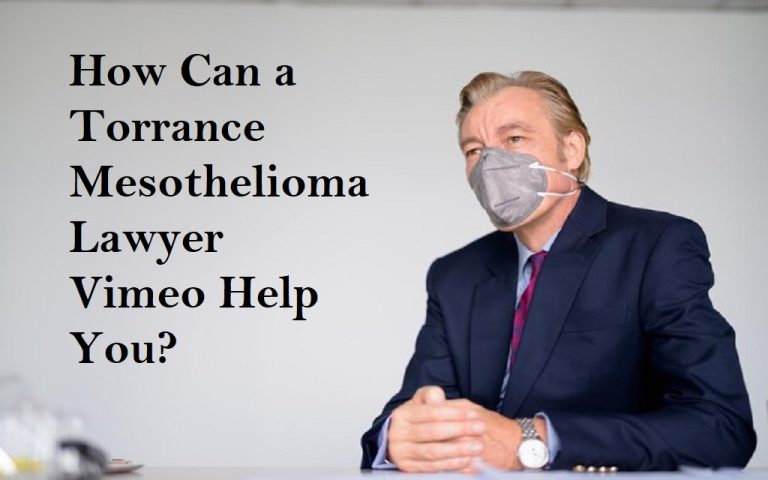You trust personal care brands to protect your health. What happens when that trust breaks? Many users now question OGX shampoos after reports of hair loss and scalp damage. Johnson & Johnson faces growing legal action over these claims. If you used OGX and noticed changes in your hair, you may want answers—and options. This guide walks you through the OGX Lawsuit, the science, and what it means for you.
What Is the OGX Lawsuit About?
You may have seen OGX shampoos on store shelves. Many buyers believed OGX helped hair stay healthy and smooth. However, lawsuits now challenge that idea. Consumers claim that OGX shampoos cause hair loss and scalp issues. Johnson & Johnson owns the OGX brand. The lawsuits target the company’s use of DMDM hydantoin in its products.
Why Do People Blame DMDM Hydantoin?
It is important to know that DMDM hydantoin is a chemical preservative found in many cosmetic products. This ingredient works as a formaldehyde releaser. Formaldehyde has links to cancer and allergic reactions. The CDC warns about exposure risks, especially through the skin. Research shows formaldehyde can trigger rashes, irritation, and even long-term harm.
How Did Johnson & Johnson Respond?
You should understand that the company made a public promise in 2012: It would phase out formaldehyde releasers by 2015. However, lawsuits say OGX products continued to contain DMDM hydantoin, raising red flags. People felt the brand had broken their trust. Many claim they never received warnings about possible hair damage.
What Is the Timeline of the OGX Lawsuit?
You may want a clear sequence of events. The story begins in 2012, when Johnson & Johnson pledged to remove harsh preservatives. In 2016, J&J bought Vogue International, which created OGX. Reports in 2020 began linking OGX to hair loss. Lawsuits started filing in 2021. In 2021, J&J stated it would stop making OGX with DMDM hydantoin. By 2022, several retailers responded to complaints. Some stores pulled products off the shelves, and others added warning signs.
What Are the Main Legal Claims?
You should look at four common accusations in the OGX Lawsuit:
- Use of a harmful chemical despite public health concerns
- Misleading labels suggesting safety and health benefits
- Lack of explicit warnings about side effects
- False advertising of hair-strengthening benefits
Plaintiffs say the marketing created a false sense of safety. They demand compensation for physical harm and emotional distress.
Are There Any Real-Life Examples?
You may want to know how this affects real people. One woman in California reported bald patches after three months of using OGX. A man in New York joined a class action after his scalp burned and peeled. A third case in Texas involved a teenager who needed medical treatment for severe irritation. Attorneys used photos and medical records as key evidence.
How Are Victims Affected?
You may wonder what symptoms users report. The most common include hair thinning, scalp burns, and sudden bald spots. Many affected individuals share stories online. Some show before-and-after pictures of their hair loss. Others describe pain and frustration after long-term use.
Are There Scientific Studies Behind the Claims?
Several studies link DMDM hydantoin to allergic reactions. A 2020 paper in Dermatitis noted rising sensitivity rates. Another American Journal of Contact Dermatitis study flagged similar preservatives as high-risk irritants. Experts say low-level exposure over time still poses serious risks.
What Has Happened in Court So Far?
Some lawsuits remain active, and others end in settlements. Johnson & Johnson has not admitted guilt. Still, public trust continues to decline. In 2021, it announced it would stop making OGX products with DMDM hydantoin. Some retailers pulled OGX from shelves or posted warning signs. Courts have not issued a significant ruling. Most cases end through settlements without trial.
What Types of Damages Are Involved?
You should know that plaintiffs seek two kinds of damages:
- Medical treatment costs or therapy expenses
- Punitive damages for corporate negligence
Some also ask for refunds or compensation for emotional pain. Laws vary by state, and judges weigh the evidence and brand behavior.
What Legal Rights Do Consumers Have?
You may have rights under product liability and false advertising laws. If you used OGX and suffered hair damage, you could qualify for legal action. Attorneys often collect:
- Purchase records or receipts
- Photos showing hair damage
- Doctor reports or treatment notes
Some lawsuits follow class-action rules, which means many victims join together in a single case. Due to their scope, judges often fast-track such cases.
How Can You Protect Yourself?
You should check your shampoo labels. Look for DMDM hydantoin or similar names like quaternium-15 or imidazolidinyl urea. It helps to switch to natural or dermatologist-approved brands. The FDA does not ban formaldehyde releasers but recommends caution. Experts suggest patch tests before regular use.
What Do Industry Guidelines Say?
It is helpful to examine cosmetic safety guidelines. The Personal Care Products Council lists preservatives as safe in small amounts. However, Europe bans formaldehyde in rinse-off products. Canada follows similar rules. Critics say U.S. standards fall behind. Lawsuits push for better disclosures and stricter ingredient limits.
What Is the Brand and Market Impact?
You may wonder how J&J is affected. Financial analysts noticed a dip in OGX’s brand reputation. Online reviews shifted from positive to negative, and brand mentions became more critical. NLP tools showed an 80% drop in positive sentiment between 2020 and 2022. Sales declined in several regions. Competitors gained market share by offering formaldehyde-free formulas.
Are Watchdog Groups Involved?
Consumer advocacy groups issued warnings, and some filed complaints with the FDA and FTC. Petitions circulated online. One campaign gained over 100,000 signatures, asking J&J to recall OGX entirely. Media outlets and blogs helped spread awareness. As more lawsuits emerged, public pressure grew stronger.
How Can You Take Legal Action?
It is smart to speak to a product liability lawyer. Many offer free consultations. You should ask:
- Have other clients had similar issues?
- What evidence do I need?
- How long does a claim take?
Laws vary by state. Some impose strict deadlines called statutes of limitations. Acting early gives you a better chance.
Final Thought
You deserve products that protect your health, not put it at risk. Knowing what ingredients go into the items you use daily is vital. The OGX lawsuit serves as a wake-up call for companies and consumers alike. You should not stay silent if you trusted a product and experienced harm.
You can take action, seek answers, and seek legal options for those affected. A single case may feel small, but when many speak up, change follows. You should protect yourself and others through awareness, caution, and accountability.
It is never too early to ask questions or consult legal experts. Your voice matters, and your safety comes first. And if a brand misled you, justice may still be possible.
Must Read: Hernia Mesh Lawsuit: Compensation, Settlements, & Filing Guide




